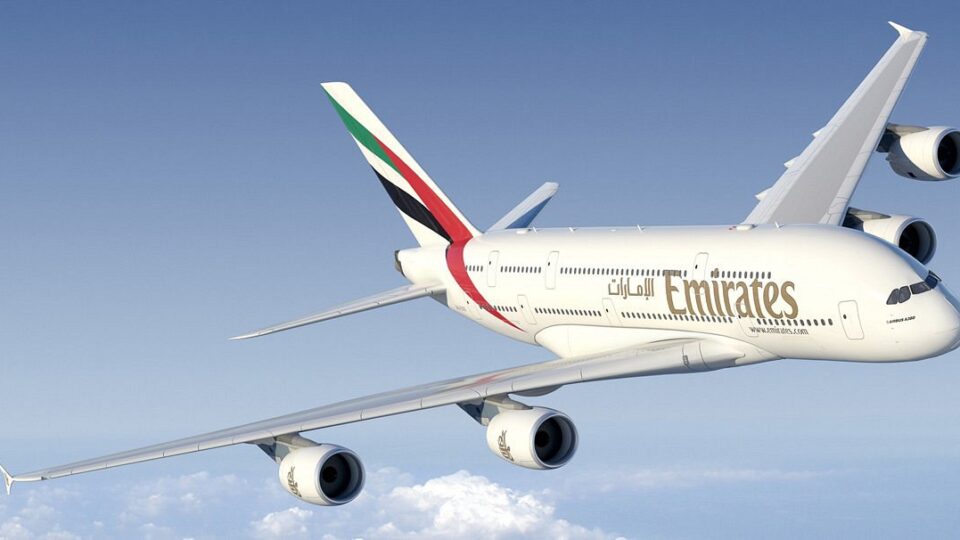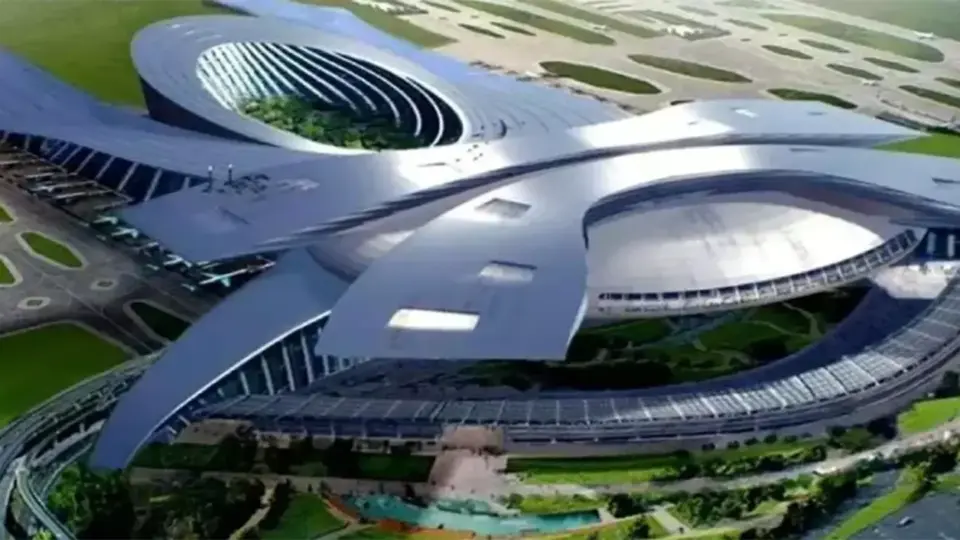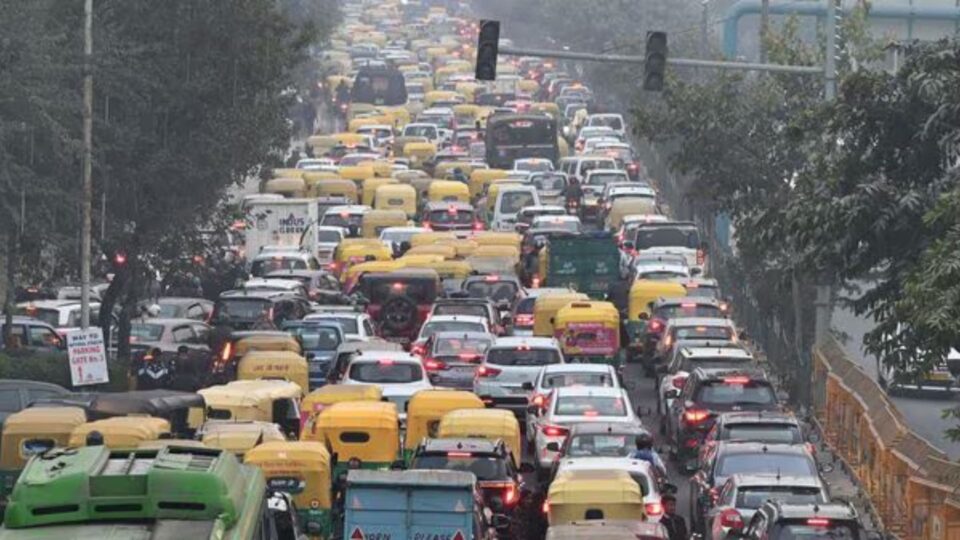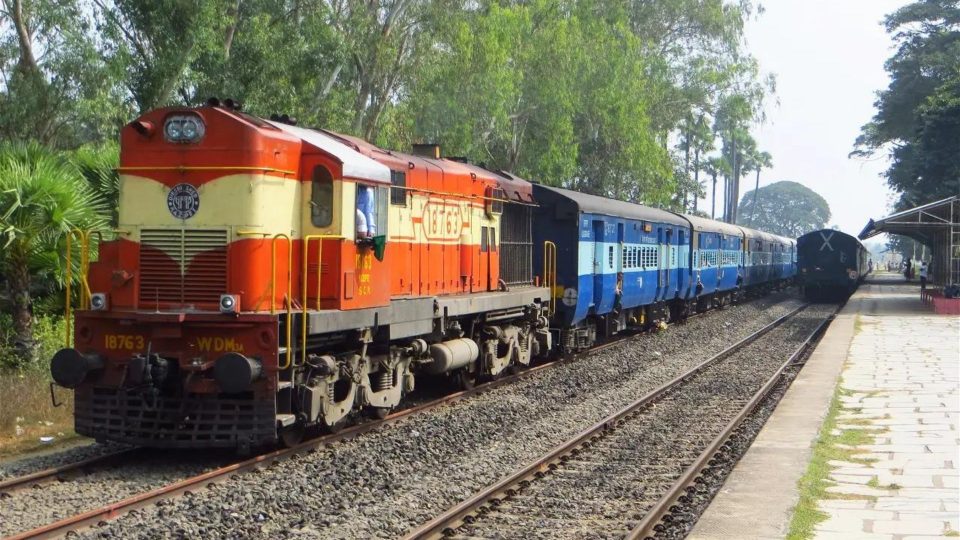
Delhi Metro Phase-IV: New Interchanges at New Delhi Station on Green Line Expansion
With the Green Line’s extension from Inderlok to Indraprastha, the New Delhi Metro station will become a triple interchange facility, authorities said on Sunday.
The Brigade Hoshiar Singh – Inderlok Green Line corridor, which is now in use, would be extended by the 12.37 km Inderlok – Indraprastha corridor, according to them.
According to the officials, this additional extension would result in the expansion of the additional Delhi station into an interchange facility where three lines—the Yellow, Orange (Airport Line), and now the Green Line—will connect.
According to them, commuters from Bahadurgarh and other parts of west Delhi, including Nangloi, Rajdhani Park, Udyog Nagar, and so on, will now be able to travel directly to the New Delhi railway station, which is next to the New Delhi Metro station. This will significantly improve connectivity throughout the entire city.
Since more people will choose to commute by metro rather than by car, this will facilitate access to the New Delhi station and help reduce traffic near the station, according to their statement.
The future Green Line extension will be subterranean, just like the future Delhi station that is now there.
The only triple interchange station where the Yellow, Red, and Violet lines converge on the Delhi Metro network at the moment is Kashmere Gate. According to them, three further stations—Lajpat Nagar, Azadpur, and New Delhi—will open as triple interchange facilities following Phase 4.
Presently, the Delhi Metro’s Phase 4 expansion involves the construction of around 86 kilometers of additional lines. Three lines are now under construction: Majlis Park – Maujpur – Pink; Janakpuri West – RK Ashram Marg – Violet; and Aerocity – Tughlakabad – Golden. According to authorities, more over half of the civil work has been finished on these sections.
Earlier this year, two other corridors, Saket G Block – Lajpat Nagar and Inderlok – Indraprastha, were also approved. According to them, the DMRC is now evaluating requests for statutory clearances, such as land taken over from the DDA, CPWD and PWD, and needs for forest clearance.
Before moving on with specialized contracts for track laying, electrical systems, signalling, and other technical components, further procedures about planning and tendering for civil works are being completed, the stated.



